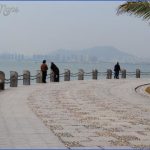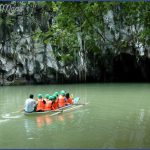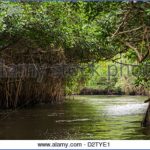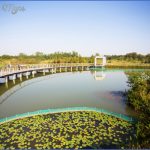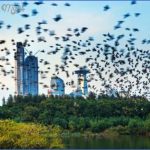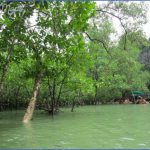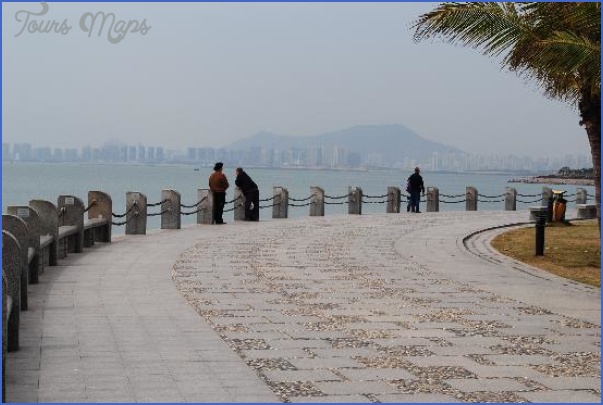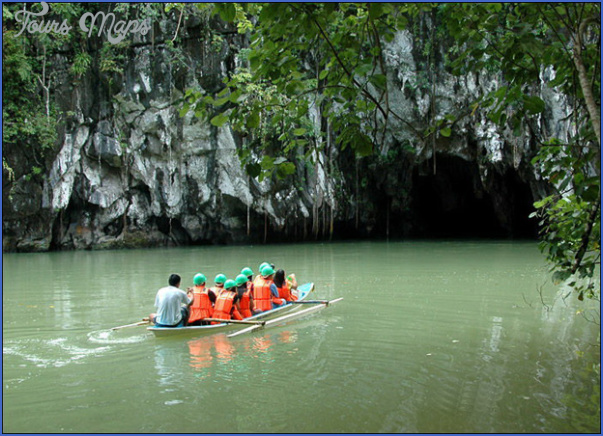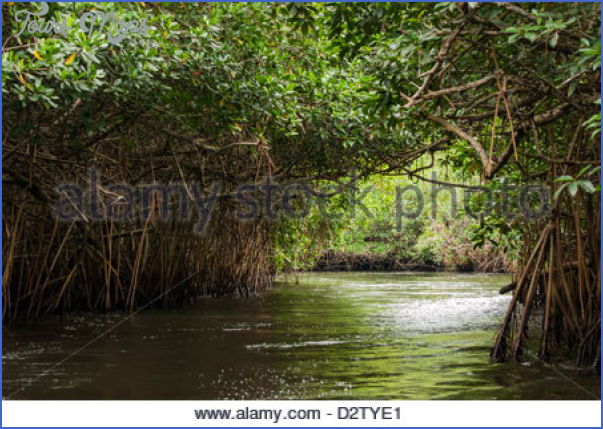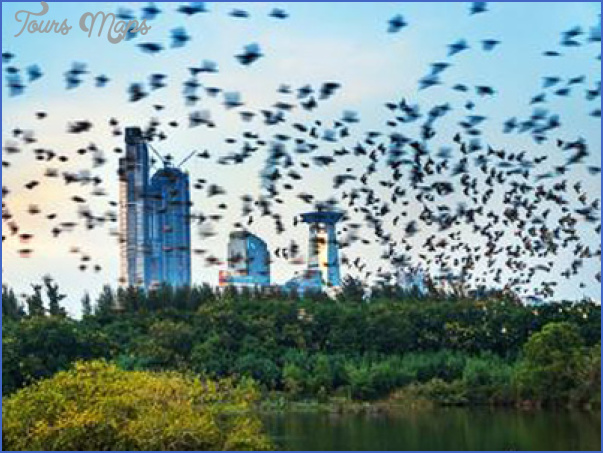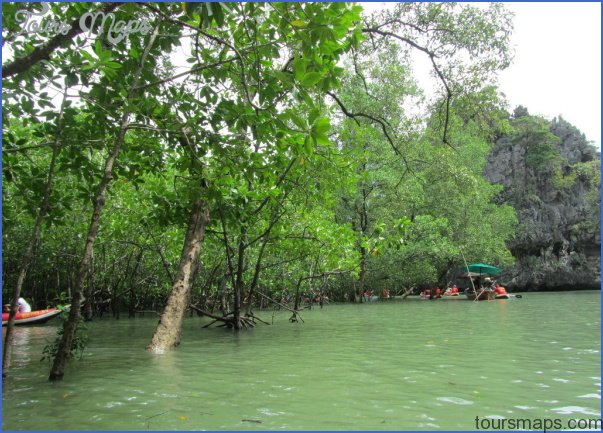A protected, wetlands reserve not far from Shenzhen CBD with a pathway at the edge of the sea, Mangrove Forest National Park.
As we write this we are sitting on a marble stool in the shade of a grove of coconut trees in the Shenzhen Mangrove Forest National Park. It’s one of those magnificent July days in the thick of the typhoon season. Utterly clear, achingly hot, great billows of dazzling white cumulus against a brilliant blue sky. To the left of us are the skyscrapers of Futian and the mangroves themselves. In front of us, across the broad expanse of Shenzhen Bay towers Tai Mo Shan, Hong Kong’s highest peak, a great fold of green in which the 30-storey buildings of Hong Kong’s Tin Shui Wai and Yuen Long seem to be trying to hide themselves. Indeed this is one of those myriad occasions in China where dream and reality seem to be fighting for supremacy if you know Tin Shui Wai you appreciate that it can be pretty ordinary, even a bit shabby at times, but today we are perfectly happy to acknowledge it as the fairy castle brimming with gold which Mainland admirers used to imagine in the days before they could easily get there. And to the right, the Shenzhen Bay Bridge spanning the bay adds a magnificent human scale to the picture.
The Mangrove National Park started off almost by accident as something of an anomaly. It was declared as a National Park in 1999 as part of the construction of the Binhai Freeway. The original plan had been to build the freeway through the mangroves but this caused an outcry amongst Shenzhen’s nature lovers, bird watchers and ecologists. So, after much head scratching, the road was moved 200m. to the north and the park was opened in 2000.
This was initially envisaged as a bird watchers’ park. It is only a couple of miles north of Hong Kong’s famous Mai Po Marshes, one of the world’s great migratory bird watching spots, and it shares all of the geographic advantages which make Mai Po what it is. Every spring and autumn millions of birds fly over the Pearl River on their way to and from their winter homes in South-East Asia, even as far as Australia, and a good proportion of them rest in this area. Added to that is a sizeable permanent population of wading and other water birds, which lives off the rich life in the mangroves. Bring your bird spotter’s book and your binoculars. March is peak season.
At 21 ha. a bit under 50 acres, this is China’s smallest national park. It is divided into two parts, to the east a narrow 9km long strip of untouched mangroves and to the west a beautiful park. One of the good things about being Chinese is that they know that nature isn’t ever quite as good as slightly improved nature.
Being home bodies who are not totally convinced of the pleasures or even utility of mosquito bites, mud and snakes, we like this arrangement. Maybe it’s just that the dream: reality ratio is always a bit skewed in our minds in favour of the latter but it works. There is a nice pavilion for watching the birds from afar and after you’ve finished doing that, you can enjoy the artificial garden. The original area of the park is now fifteen years old and with the cracking pace of vegetable growth in the tropics, the trees are tall enough to give the feeling of lush growth. They do so magnificently. The introductory notice claims 200 species of mainly tropical and sub-tropical trees and shrubs, already growing strong and separated by wide and meticulously kept lawns and connected by well-maintained slate paths.
The garden continues to grow and grow. The building explosion round the 2011 University Games added hundreds of acres to the park which now stretches right around the Bay as far as the Shenzhen Bay Bridge. There are pedestrian paths through the trees and a bicycle path. You can hire bicycles at several places in the park
Address: Binhai Freeway Futian
Buses: K113, 229, 231, 305, 317, 322, 337, 382, K204, K105, bus stop Hong Shu Lin
MANGROVE FOREST NATIONAL PARK SHENZHEN Photo Gallery
Maybe You Like Them Too
- The Best Cities To Visit in The World
- World’s 10 Best Places To Visit
- Coolest Countries in the World to Visit
- Travel to Santorini, Greece
- Map of Barbados – Holiday in Barbados

